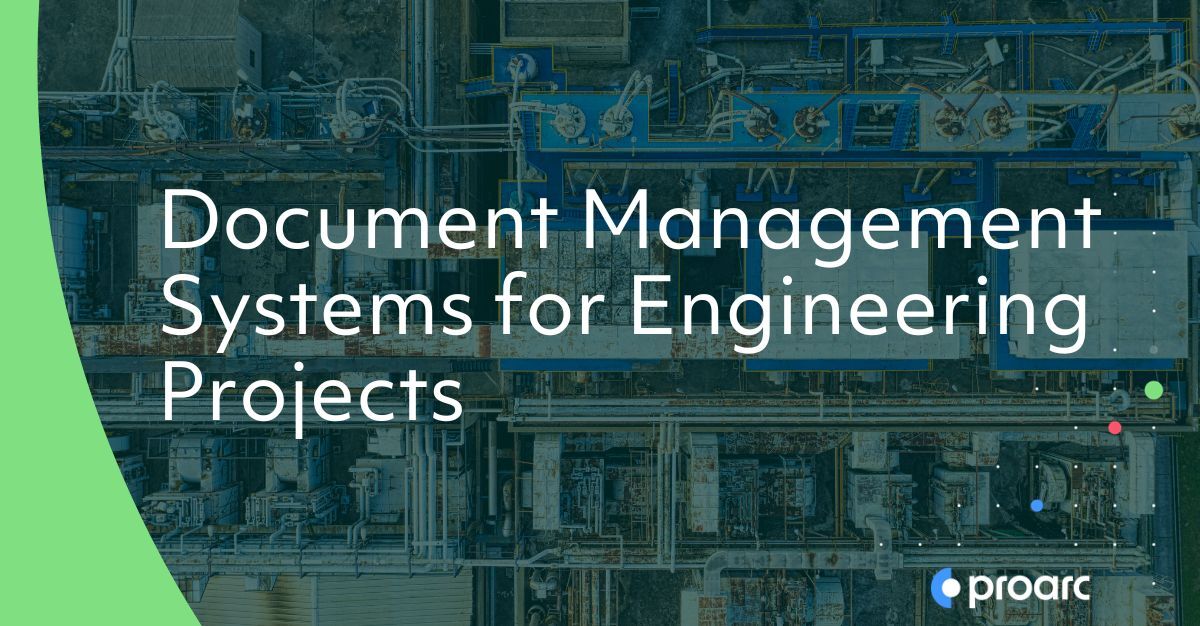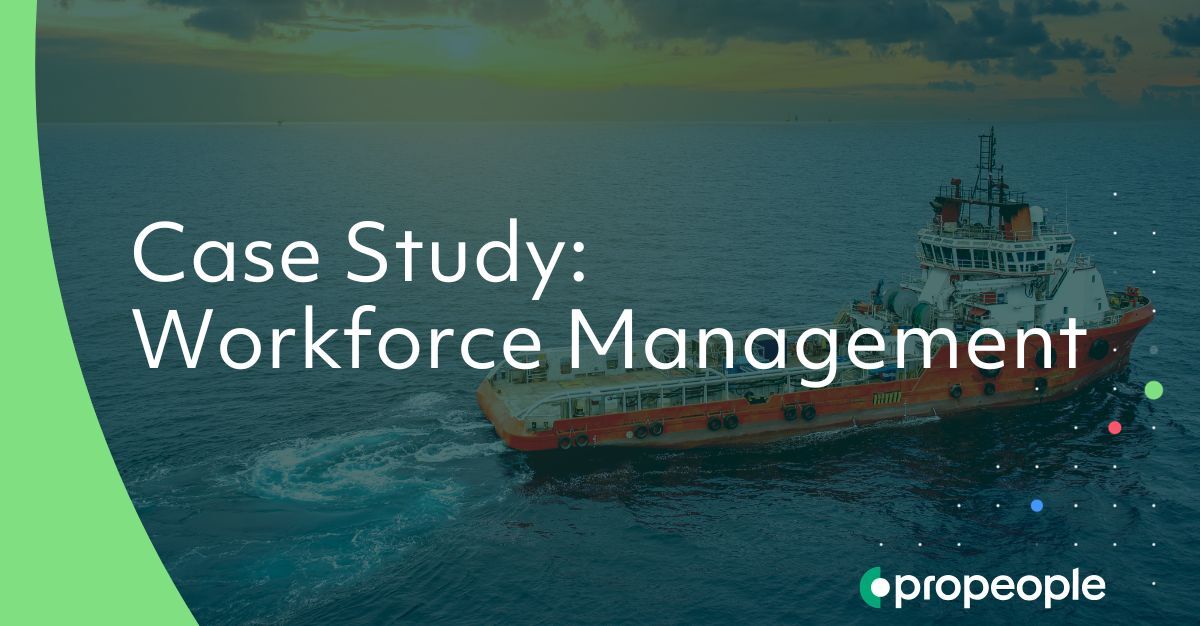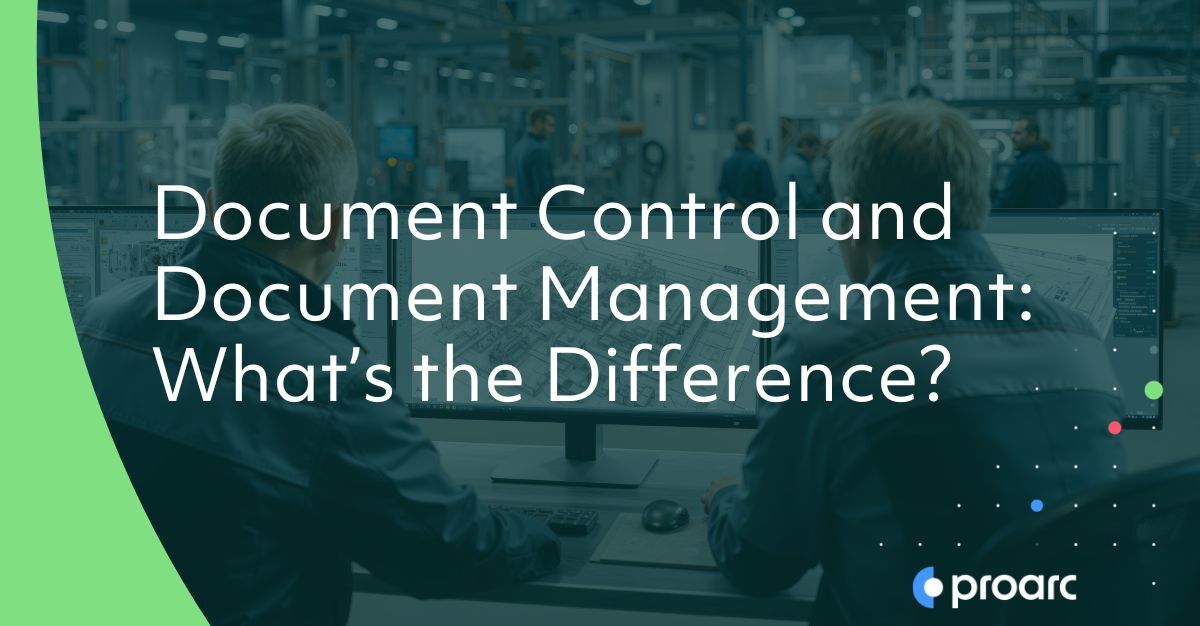
Project Controls 101
What are Project Controls?
Project controls encompass the strategic systems, data workflows, and methodologies used to guide a project from initiation to completion. They enable project teams to precisely monitor timelines, track progress, and manage costs, ensuring project delivery meets scope, schedule, and quality benchmarks.
“Project control work can be considered the accounting part of project management, though there are some facilitation aspects to it as well. Project control products provide the baseline for project efforts, how changes are handled and communicated, and show where and how a project is progressing based on cost, time, and scope.”
-PMI (Project Management Institute)
In industries reliant on large-scale capital projects, such as oil & gas, energy, and renewables, effective project controls are essential. These sectors face complex regulatory landscapes, high financial stakes, and dynamic field conditions, making visibility and documentation critical to risk management and successful execution.
Project controls software like Mpower Project Controls & Cost Management Software serves as a centralized digital platform that helps teams orchestrate the complexities of project execution, from budgets and timelines to scope and risk. Instead of relying on fragmented tools, this software provides a unified space to visualize performance metrics, compare actual progress with planned targets, and flag deviations early.
These processes empower teams to course-correct in real time, run predictive analyses to forecast future outcomes, and deliver actionable insights to stakeholders with clarity and speed. When integrated with document control systems, these capabilities extend to managing workflows, approvals, and compliance documentation, creating transparency across the entire lifecycle of capital projects.
Why Project Controls?
Project controls are designed to ensure project delivery aligns with planned objectives by using data-driven processes to manage performance and mitigate risk.
Project controls help project teams:
- Track and measure project performance,
- Identify variances and risks early, and
- Communicate progress and insights
Project controls achieve this by combining robust data frameworks with intuitive software tools that integrate planning, execution, and documentation. As capital projects expand in size and intricacy, the role of project controls becomes increasingly vital in managing cross-functional interfaces and containing associated costs.
Project Controls or Cost Management?
People often use “project controls” and “cost controls” interchangeably, but they’re not quite the same thing. Think of project controls as the umbrella and cost control is just one part under it.
Cost management zeroes in on the financial side of project performance. It’s the tool that helps EPC teams stay on top of the numbers: monitoring, analysing, and forecasting the project’s financial health.
Key Features of Project Controls Software:
- Scheduling and planning
- Cost management
- Risk management
- Change management
- Progress tracking and performance analysis
- Forecasting and reporting
Key Features of Cost Management Software:
- Cost estimating and budgeting
- Cost tracking and variance analysis
- Forecasting final costs
- Cash flow management
- Earned value analysis (EVA)
Related Content
Project Controls Benefits
Ultimately, project controls equip teams with the infrastructure to make smarter decisions, minimise risk, and deliver strategic value across the organization.
Project controls achieve these high-level business goals by providing project teams with tools that help to:
- Drive predictable outcomes
- Enable cross-functional coordination
- Enhance risk mitigation
- Support data-driven decision-making
- Improve stakeholder engagement
“Project controls is concerned with cost, schedule, and materials control. These areas are extremely interrrelated, and therefore the system must be designed to assure full accountability for their interrelationships. As is so often stated, there must be integrated project control."
Construction Industry Institute - Project Control for Construction
Project Controls Software
If you're ready to improve project visibility and control, optimise cost & budget management, streamline time & resource management, and drive productivity and performance across your project(s), it’s time to put project controls software like Mpower Project Control and Cost Management Software to work.
Projects worldwide have trusted Mpower software for more than 15 years. Mpower equips project teams with the tools and support required to:
- Log time with precision and speed
- Control costs and maximise value
- Accelerate payment cycles with confidence
- Track financials to stay on budget
- Handle changes without financial surprises
A 2018 industry survey by LogiKal revealed that teams who viewed project controls as “critical” were twice as likely to meet all project objectives compared to those who didn’t prioritise them. Conversely, teams that considered project controls “not important” were three times more likely to fail.
To take the next step towards better project control, see Mpower in action! Schedule a demo today.
Features of Project Controls Software
Let’s unpack the seven foundational features/modules that define leading project controls software:
1. Integrated Modules
Top-tier project controls software should connect all core functions: cost control, estimating, commercial, and productivity management. Mpower’s modules talk to each other, so changes in one ripple through forecasts and schedules without the need to duplicate data manually.
2. Multi-Dimensional Financial Structuring
Mpower separates:
- Quantity (e.g., hours worked)
- Cost (your internal spend)
- Price (client billing revenue)
This triple-layer setup is a game-changer for contractors who need clear billing transparency.
3. Schedule and Cost Integration
Why juggle two views when you could have one? Mpower’s activity-based Gantt chart blends visual timelines with financials, so teams can forecast smarter and spot risks early, like slippage or overspend, before they spiral.
4. Automatic Phasing of Budgets
Mpower auto-distributes budgets and forecasts across the lifecycle using rules based on start dates, durations, or custom parameters. Data flows into cash flow reports and dashboards.
5. Hierarchical Rate Matching for Timesheets
When flat rates don’t cut it, Mpower applies dynamic, rule-based timesheet rates based on customisable elements that can include combinations of role, shift, location, contract, date, etc., ensuring accurate pricing and effortless audits every time.
6. Built-In Scheduling Tool with Risk Simulation
No third-party scheduling software needed; Mpower’s Companion Gantt tool offers robust planning plus Monte Carlo risk simulations, letting you model best-, worst-, and most-likely case timelines, all in one place.
7. Integrated Management of Change
Mpower keeps change management clean and auditable. Its Variations and Change Orders modules help teams track scope and budget changes across every key metric: original, approved, work done, and forecast. It can also integrate seamlessly with existing applications, including Primavera P6.
Related Content
Project Controls Case Studies
Before investing in software for your business, one key question to ask is: will it deliver the ROI you’re aiming for? Making sure the value stacks up against the cost is essential before you commit.
For more information on how Mpower Project Controls & Cost Management Software has helped other major capital projects reduce risk and make data-driven decisions, check out the following case studies:
|
|
Project Controls Case Study: Streamline LEMs Time TrackingFaced with the challenge of tracking 5000+ personnel and equipment items on a massive oil project, an EPC contractor adopted Mpower’s project controls software to streamline timesheet data, validate hours, and integrate with payroll, dramatically improving accuracy and efficiency. |
|
|
A Look Back: Mpower and Sigma3Faced with the complex demands of tracking, billing, and SAP integration for Shell Expro operations, Sigma3 implemented Ascertra’s Mpower system, streamlining time tracking, payroll, and invoicing accuracy across engineering, maintenance, and offshore teams. |
|
|
Labor, Equipment, Materials Solution (LEMs) Case StudyTo overhaul manual LEM processes at its Fort McMurray site, a major oil & gas operator implemented Ascertra’s Mpower software, making it faster to approve workflows, integrating with SAP, and enabling validated Service Entries across labor, equipment, and materials data. |
Project Controls FAQs
1. How do project controls differ across industries like oil & gas, energy, and renewables?
While the core principles of project controls remain consistent, their application varies by industry. For example, in oil & gas, project controls often focus on strict regulatory compliance and detailed cost tracking due to high-risk, high-value operations. In energy and renewables, the emphasis may shift toward schedule optimisation, stakeholder coordination, and sustainability metrics, reflecting the fast-paced and innovation-driven nature of those projects.
2. Can project controls software integrate with other enterprise systems like ERP or scheduling tools?
Yes, most modern project controls platforms—including Mpower—are designed to integrate with systems like SAP, Oracle, and Primavera P6. This ensures seamless data flow across financial, scheduling, and operational domains, reducing duplication and improving accuracy.
3. What role does data quality play in effective project controls?
High-quality, timely data is essential for accurate forecasting, risk identification, and decision-making. Poor data quality can lead to misleading reports, delayed responses, and increased project risk, making data governance a critical part of any project controls strategy.
4. How do project controls support sustainability and environment, social, and governance (ESG) goals?
Project controls can help track environmental metrics, manage resource usage, and ensure compliance with sustainability standards. By integrating ESG data into reporting and forecasting, teams can align project execution with broader corporate responsibility goals.
5. What are the biggest challenges teams face when adopting project controls software?
Common challenges include resistance to change, lack of training, and poor data integration. Successful adoption depends on clear communication of benefits, stakeholder buy-in, and ongoing support to ensure the software is used effectively across teams.






